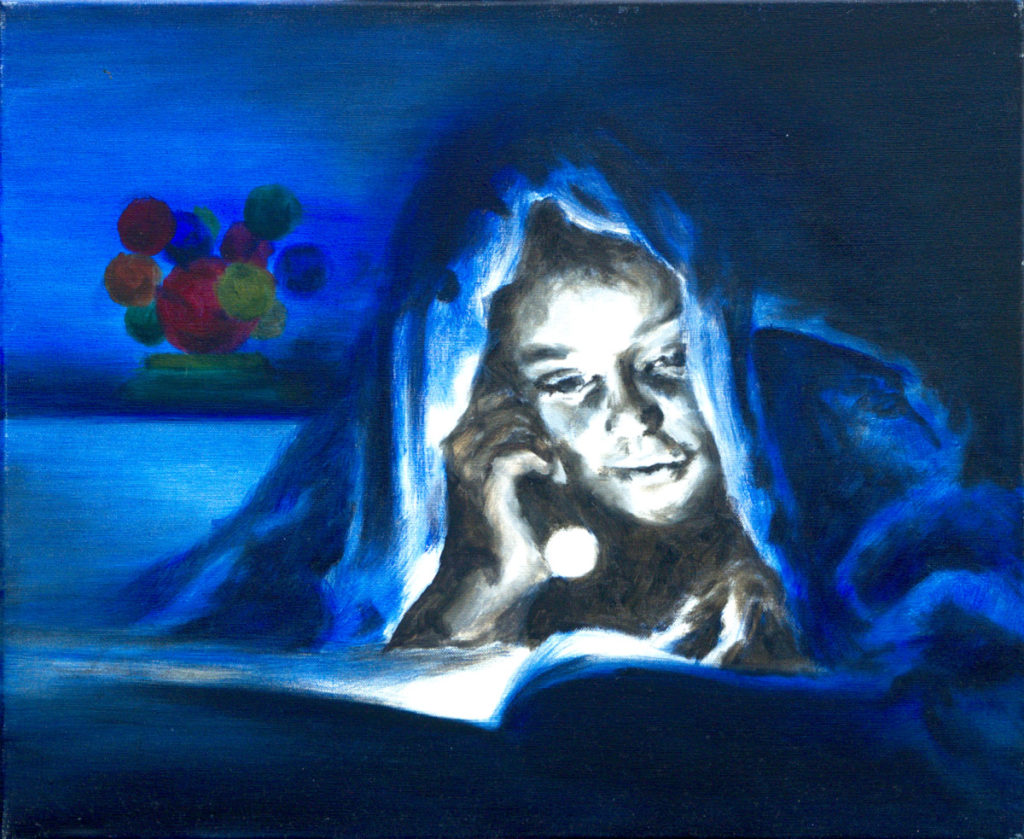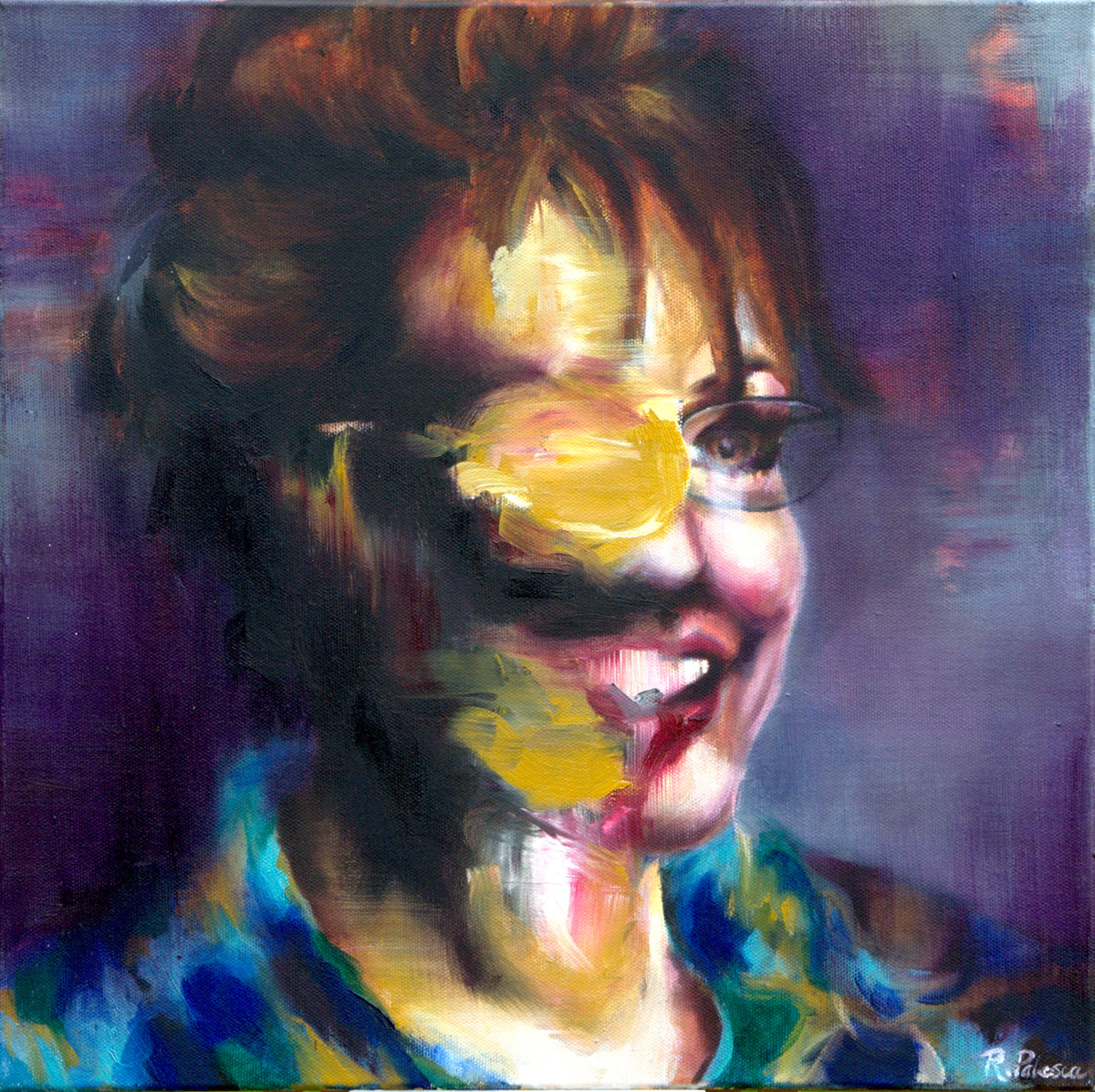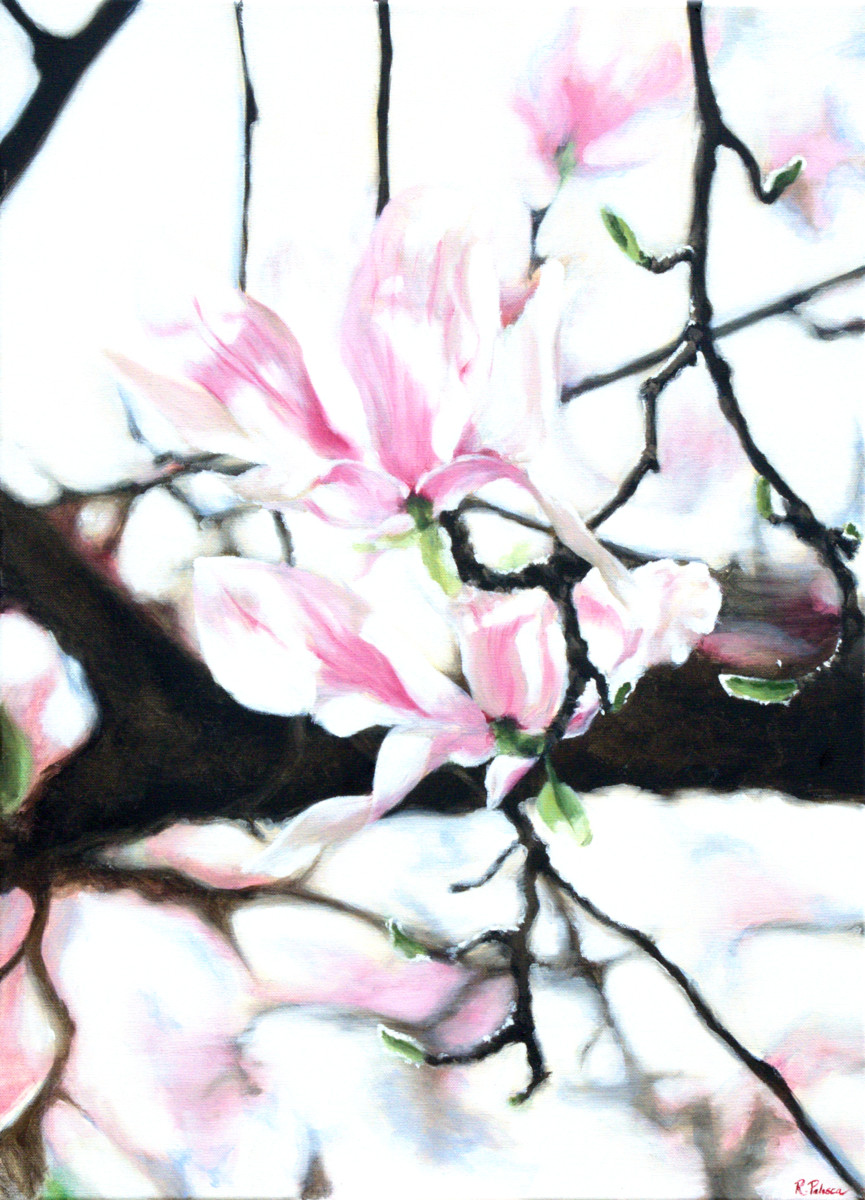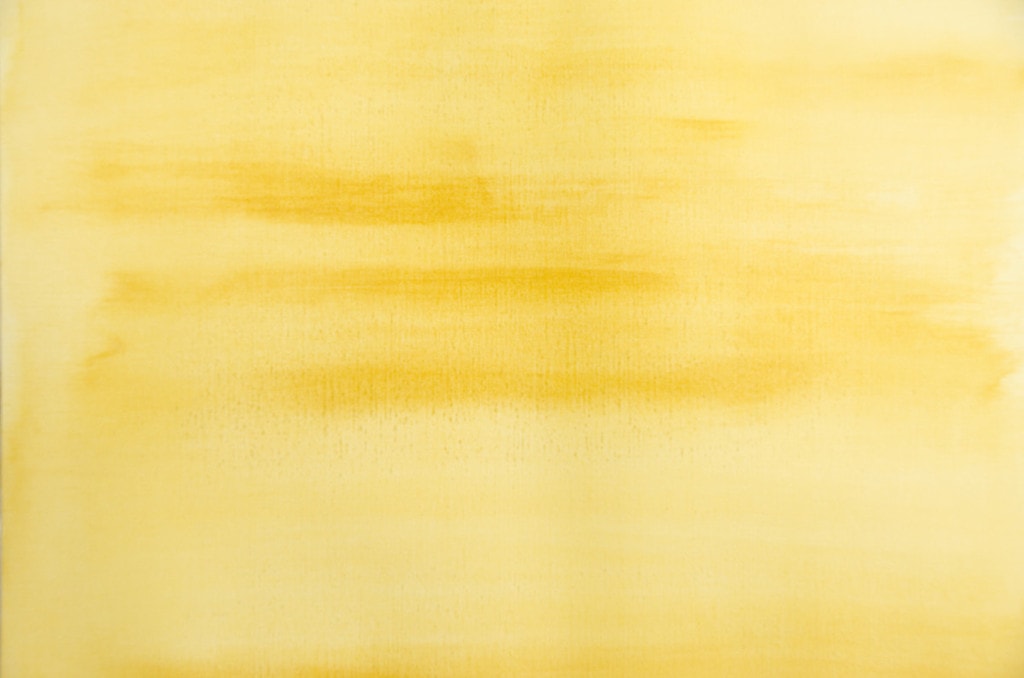This post is the ninth in a series of oil painting project tutorials derived from coursework completed at Academie Noord in Brasschaat, Belgium. Projects were designed by Schilderkunst teacher Marilou van Lierop. The sample artwork is my own.
It’s time to conjure up memories from your youth. Not the typical playful scenes that we all have etched in our memories, nor the traumatic ones we’d all rather forget. No. This time, focus on sound. Try to re-create the feelings and emotions connected to the music that was important to you, once upon a time. This is what we were asked to do in this project.
I’d done this exercise once before using the Nutcracker’s Dance of the Sugar Plum Fairy as my inspiration for The Nutcracker Suite: Incorporating Music and Memory into Oil Painting. Digging further into my memory, I extracted Fur Elise. I learned to play the song on the piano as an adult, but for many years, I fell asleep to the tinkling notes produced by a colorful music box.
Project: Create a Painting Based on a Musical Memory
Skills Exercised: Imprimatura, Wipeout Method of Underpainting, Painting Wet on Wet, Painting in Value Gradations, Glazing, Impasto
Materials: Water-Mixable Oil Paints, Water, Water Mixable Linseed Oil, Paint Brushes, Canvas/Canvas Paper/primed wood panel
The Palette
In this class, we use water mixable oil paints and mediums. Not only are they better for the environment (water is used as a solvent), they’re also much better for our health in a crowded classroom (less toxic fumes).
My painter’s box includes the following Winsor & Newton Water Mixable Oil Colours, as suggested by my painting teacher. Other brands may work just as well, but I haven’t tried them myself. All additional colors are either mixed on the palette or created through glazing onto the painting.
- Yellow Ochre
- Cadmium Yellow Pale Hue
- Burnt Umber
- Burnt Sienna
- Permanent Alizarin Crimson
- Cadmium Red Hue
- Cerulean Blue
- French Ultramarine
- Viridian
- Titanium White
I also use a bottle of Winsor & Newton Artisan Water Mixable Linseed Oil
The Method
At this point of the course, we were left to build the painting on our own, following a process that worked best for each of us. I followed the method used in previous lessons. Later layers were enhanced using a French Ultramarine glaze over the background.

Notes
- My painting was composed by amalgamating four images: an image of the child reading, an image of a child’s room, an image of the music box, and an indoor night scene for coloring.
- I originally planned to color the face using glazes. Marilou van Lierop challenged me to leave it grayscale.
- The work is unsigned, as I never considered it finished. However, I don’t foresee any further work on it.
- The combination of growing confidence in paint handling and my teacher’s guidance on resisting “over painting” led me to work much faster. It was becoming ever more common for me to complete the class projects twice. See The Nutcracker Suite: Incorporating Music and Memory into Oil Painting






One thought on “The Reader: Incorporating Music and Memory into Oil Painting”